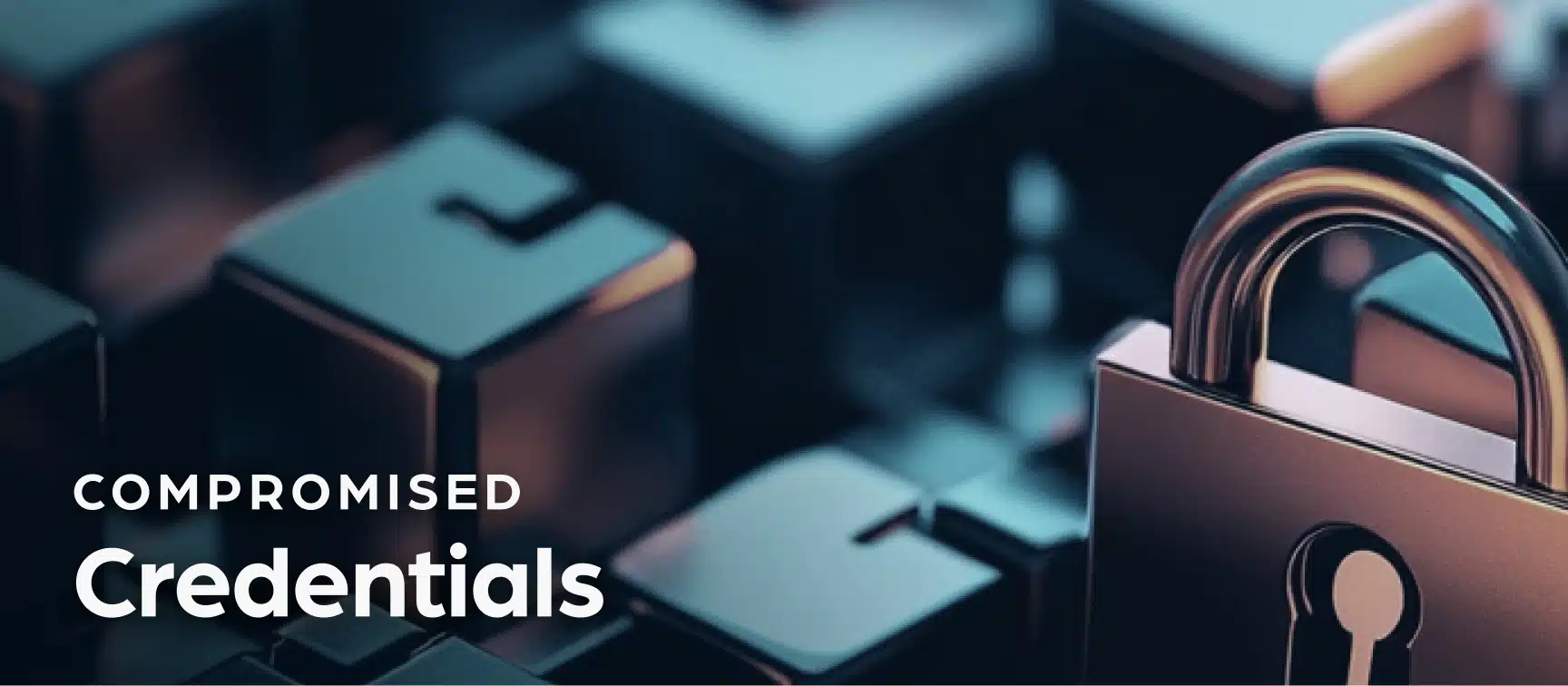- show:
- All categories
The Top 9 Dark Web Telegram Chat Groups and Channels in 2025
In the wake of Edward Snowden's revelations concerning government surveillance, Telegram was built in 2013 to prioritize user privacy and...
All About Business Email Compromise (BEC) in the Dark Web
Key Takeaways Business Email Compromise (BEC) scams resulted in $2.77 billion in losses in 2024, according to the FBI’s Internet...
Account Takeover Prevention: Your Essential Guide for Mitigating Fraud
What is account takeover prevention? Account Takeover (ATO) is a looming threat that compromises the security of online accounts, leading...
How Exposed Credentials Fuel Cyberattacks
“If they got valid creds, they don't need to go password spray and they'll just walk through the front door...
Incident Response Playbooks for Compromised Credentials: Source-Aware, Data-Driven Guidance
Credential compromise is an unrelenting reality for security teams worldwide. In 2025, with over 3.2 billion credentials exposed in breaches...
LummaC2 Takedown – The Dark Web Timeline
**Note: Despite the success of law enforcement and corporations, the threat from similar infostealers remains high and must be monitored.**...
Breaking Down The Pervasive Threat of Compromised Credentials
Credential compromise is not just a persistent threat—it’s the engine powering the majority of cyberattacks in 2025. As organizations continue...








